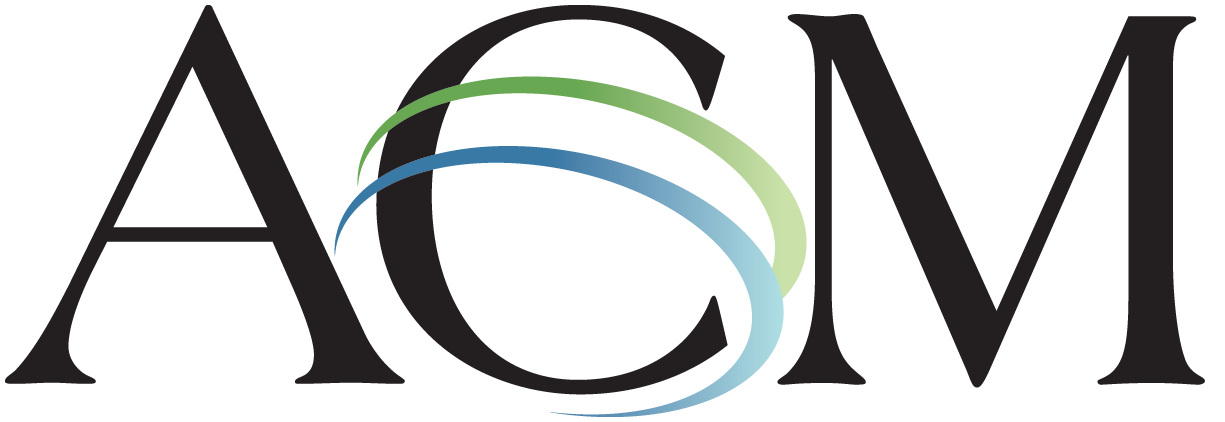|
Curricular materials created for the 2017 SAIL seminar:
|
The course is about the conflicts that arise surrounding the demands humans place on the earth. On one hand, we need to extract some of the Earth’s physical resources to produce material goods and energy. On the other hand, we need to maintain a living environment that is conducive to physical and spiritual health.
In this course, students apply tools from history, mathematics, and design to articulate how these needs are related in the context of current controversies. After examining case studies of environmental controversies, students work collaboratively to produce presentations that examine a current environmental issue.
The primary goal of this course is to apply tools and perspectives from multiple disciplines to a single issue. A secondary goal is to describe how different tools and perspectives differ, how they are similar, and how they complement each other when applied in a common context. Tertiary goals include developing oral presentation skills and general collaboration skills.
The Catalyst curriculum at Ripon College consists of a sequence of five courses taken by all students over their first three years. In the first year, students take a writing course and a quantitative reasoning course; in the second, they take a course on intercultural competence and a course on interdisciplinary studies; in the third year, students complete the applied innovation seminar (CTL 300), in which they work independently and in interdisciplinary groups to address real-world questions, problems, or issues. The courses taken in the first two years are specifically intended to prepare students for the interdisciplinary projects they will undertake in CTL 300.
Our curricular project was developed in the context of the second-year, interdisciplinary studies course (CTL 220). The overarching goal of the this course is to look at a question, problem, or topic from two or more disciplinary perspectives and to synthesize those perspectives in a group project. Thus, CTL 220 is in many ways a dry run for CTL 300.
Synthesizing tools and perspectives from three different disciplines is a challenge at any level, and for undergraduate students, this is a particularly lofty goal. Most first-year students would struggle with the kind of course we describe below. Previous courses emphasizing communication and critical thinking (such as the first-year courses in the Catalyst curriculum) are extremely helpful, if not strictly required. Collaboration skills are also critical for the final group projects in our course, but the structured approach we describe does not assume any prior training in group work.
Goals
I. Learning Outcomes
A. For the entire course
- Integration: Students articulate how at least two disciplines align with each other, discussing both overlap and divergence, employ appropriate disciplinary perspectives or approaches, provide a rationale for employing certain disciplinary perspectives and apply at least two distinct disciplinary approaches to a problem, question, or issue.
- Collaboration: Students use collaboration skills for group decision making in completing a project that employs knowledge and methods from two or more disciplines.
- Oral Communication: Students deliver a convincing oral presentation either individually or as part of a group.
- Information Literacy: Students design search strategies and refine information needs based on search results.
- Writing: Students employ different disciplinary conventions in written work.
B. For the Quantitative Module
- Identify the conclusion of an argument.
- Pair evidence with conclusions within arguments.
- Identify appropriate frames of reference in which to understand quantitative evidence.
- Determine whether the implied or explicit frame of reference for a piece of quantitative information endows that information with a meaning that supports the intended conclusion.
- Interpret the real-world significance of graphical representations of quantitative information
- Create graphical representations of quantitative information that support the conclusion of an argument.
C. For the History Module
- Demonstrate a greater understanding of how Americans’ views of the environment have changed over time.
- Identify key reasons that environmentalists have argued for preserving nature.
- Identify multiple stakeholders’ perspectives of a contemporary controversial
- Place a contemporary environmental issue into historical perspective by identifying how those involved characterize the “environment” and humans’ relationship to the environment.
D. For the Design Module
- Delivery of a convincing oral presentation.
- Development of basic skills in digital design.
- Articulation of the fundamental principles of design with explanation of their role.
- Creation of new design work based on the composition of a historical piece of propaganda.
II. Higher-order thinking skills/goals
- Careful evaluation of sources.
- Critical analysis of evidence, both quantitative and qualitative.
- Identification of multiple perspectives on controversial issues.
- Effective design and creation of visual propaganda for a controversial issue conveying the viewpoint of a group of stakeholders.
III. Goals for students learning multidisciplinary analysis
- Students articulate how at least two disciplines align with each other, discussing both overlap and divergence.
- Students employ appropriate disciplinary perspectives or approaches.
- Students provide a rationale for employing certain disciplinary perspectives.
- Students apply at least two distinct disciplinary approaches to a problem, question, or issue.
- Students employ different disciplinary conventions in written work.
IV. Other skills/goals
- Collaboration: Students use collaboration skills for group decision making in completing a project that employs knowledge and methods from two or more disciplines.
- Oral Communication: Students deliver a convincing individual individual presentation.
- Information Literacy: Students design search strategies and refine information needs based on search results.
Activities
This course was team-taught by three faculty members from different departments (Math, History, and Art). All students (almost 50) met for the first week of the semester in a classroom with all three instructors for an introduction to the course.
Students were then divided into three groups and they rotated through three-week modules each taught by one instructor. The module content was discipline-specific, but also addressed some of the required skill-based learning goals for the college course. The modules were designed such that it would not matter that one-third started in design, one third in history, and one-third in quantitative reasoning.
Quantitative Reasoning Module
The focus of the quantitative module (syllabus) was on some of the controversies surrounding interactions between wolves and humans. Students looked at arguments presented by various stakeholders in these controversies and analyzed how quantitative evidence was used in those arguments. Among the arguments we examined were
- Wolves Attack Wisconsin with Washington’s Help (Wall Street Journal, 2018, reg. required)
- Arizona Ranchers Deserve a Say in Gray Wolf Plan (The Copper Era, 2017)
- Our View: Time for Another Wolf Hunt in Minnesota (Grand Forks Herald, 2017).
In addition to a written analysis (here is the complete assignment) of the Wall Street Journal piece, students practiced using spreadsheets to create compelling representations of quantitative information. This prepared students to produce a graphical representation of quantitative evidence supporting a particular perspective for the final group project poster.
History Module
In the history module (syllabus), students learned to put contemporary environmental controversies into historical context. They examined how Americans have viewed their relationship to the non-human world at different points of U.S. history, and specifically how those who have been advocates for protecting the environment have framed their arguments. After analyzing past environmental controversies, students gained a greater awareness of the breadth of possible approaches to resolving current debates and articulated a nuanced understanding of a controversy in a written component for the final project poster.
Design Module
The design module (syllabus) taught students the basic principles of art and design. They applied this knowledge in individual projects within the module in two ways. First, they used Adobe Illustrator to create propaganda on an environmental/industry issue. Then, each student gave an individual oral presentation highlighting how design was used in their work an historical example to persuade viewers. Students used this knowledge in the final group project for the course to produce a piece of propaganda for their topic and to guide the design of the poster integrating all three modules.
The modules were planned so that they could be taken in any order by the students with the intent that the final project for the course would bring the three content areas together to examine a controversy from these different approaches.
Outcomes and Significance
Final Project
The final project for this course was a month-long group project. This project brought together the three course modules to examine an environmental controversy in the Midwest. The project handout and four examples of the final group project posters are included as supporting materials.



